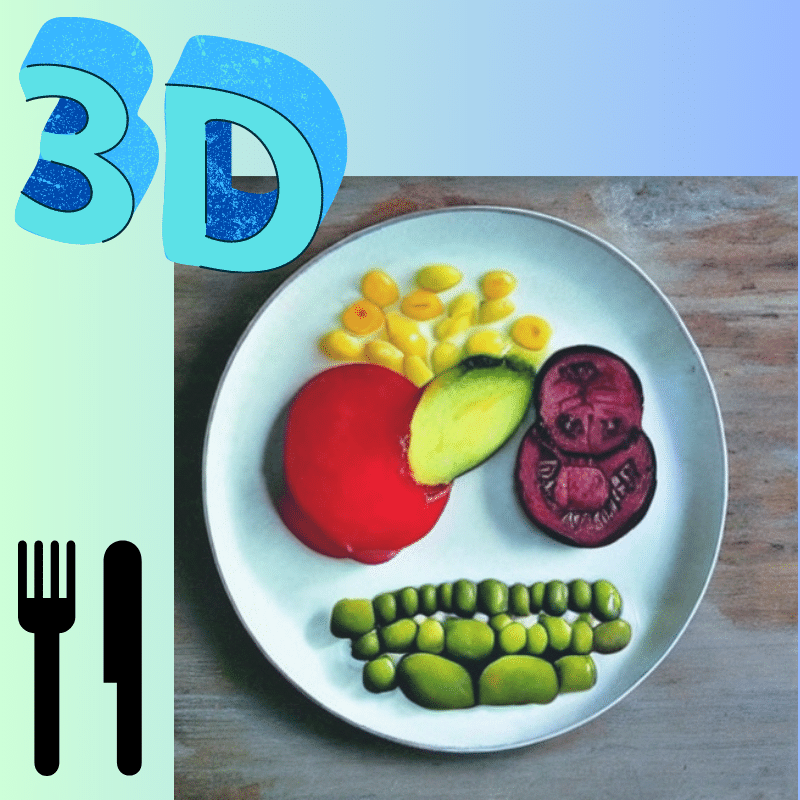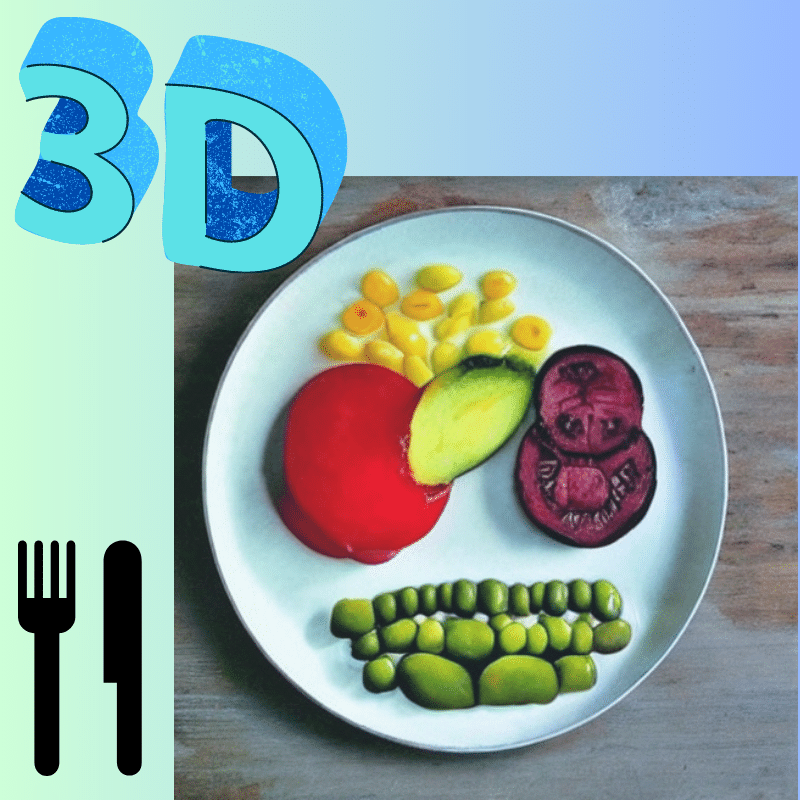
3D food printing is a new technology that allows people to create food in a whole new way. This technology is being used by chefs, scientists, and even astronauts to create unique and delicious meals. This article will explore what 3D food printing is and how it works.
What is 3D Food Printing?
3D printing is a technology that allows people to create three-dimensional objects by layering materials on top of each other. 3D food printing uses this same technology, but instead of plastic or metal, it uses food materials such as dough, chocolate, or mashed potatoes.
3D food printing is still in its early stages, but it has the potential to revolutionize the way we think about food. It could be used to create personalized meals that cater to specific dietary needs or preferences. It could also be used to create intricate designs and shapes that would be impossible to create by hand.
How Does 3D Food Printing Work?
The process of 3D food printing begins with the creation of a digital model. This model is created using computer-aided design (CAD) software. The model can be anything from a simple shape to an intricate design.
Once the digital model is created, it is sent to the 3D printer. The printer then begins creating the object by layering the food material on top of each other. The printer uses a syringe or extruder to deposit the material onto a platform.
The printer can create different shapes and designs by changing the pattern of the extruder or syringe. It can also change the type of material being used, allowing for a range of different foods to be printed.
One of the key benefits of 3D food printing is that it allows for precise control over the amount and placement of ingredients. This means chefs can create dishes with consistent flavours and textures every time.
The Ultimate List of Foods That Can and Cannot Be Printed in 3D
Foods that can be printed in 3D:
- Chocolate
- Cheese
- Pizza
- Pasta
- Mashed Potatoes
- Cookies
- Burgers
- Fruit
- Vegetables
- Ice Cream
Foods that cannot be printed in 3D:
- Liquids (such as soups or sauces)
- Raw Meat (due to safety concerns)
- Fried Foods (due to the high temperature required)
- Foods with a High Water Content (such as watermelon or cucumber)
Conclusion
In conclusion, 3D food printing is a new and exciting technology that has the potential to change the way we think about food. It allows for personalized meals and intricate designs that would be impossible to create by hand. While it is still in its early stages, it is clear that 3D food printing has a bright future ahead.


Recent Comments